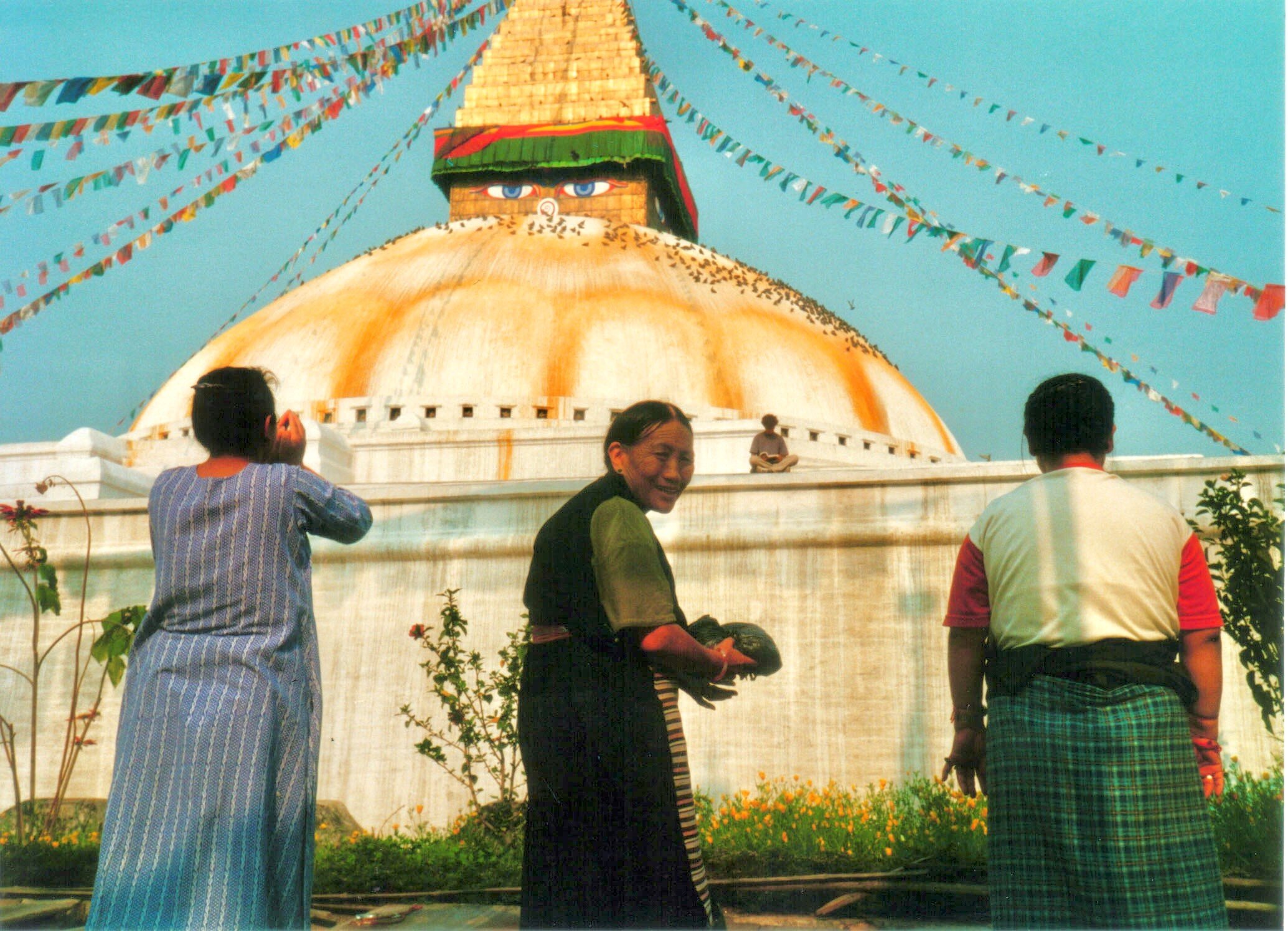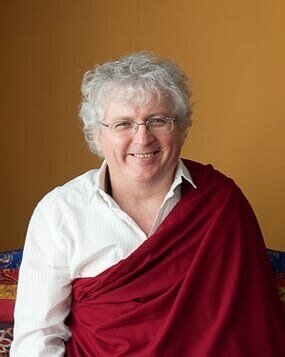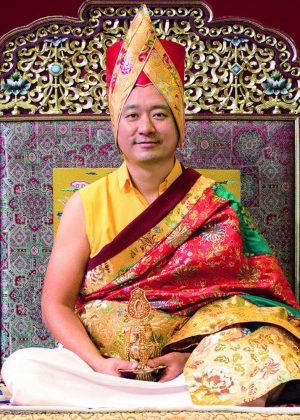About us
Sakya Samten Ling
Dechen Los Angeles, Sakya Buddhist Temple was established by Lama Jampa Thaye in 2010 and given the name Sakya Samten Ling, which means, ‘The place of meditation of the Sakyas’.
The temple transmits the traditional meditation and Buddhist teachings of the 900 year old Sakya lineage of Tibetan Buddhism. This is facilitated by hosting teachings by visiting masters of the Sakya tradition and by running local classes led by experienced Buddhist instructors.
Sakya Buddhist Temple is administered by Dechen Foundation, a 501 3(c) non-profit foundation registered in the State of California. The running of the temple is carried out by volunteers and it is funded by member donations and class fees.
Sakya Buddhist Temple is located at 220 Pier Avenue, Santa Monica, CA, 90405
Our Principal Teacher
Lama Jampa Thaye
Lama Jampa Thaye is a scholar and meditation master trained in the Sakya and Karma Kagyu traditions of Buddhism, and is our main Buddhist teacher.
Lama Jampa is authorized as a lama by his two main teachers, Karma Thinley Rinpoche and His Holiness Sakya Trichen, and has been training students in all aspects of the Buddhist path since 1988. Lama Jampa visits Los Angeles regularly to give teachings and audiences to students.
For more information visit www.lamajampa.org.
The Sakya Tradition
The Sakya tradition is known as the ‘holder of all the Buddha’s teachings’ due to the vast extent of teachings and practices it has preserved in its long history.
It takes its name from the monastery founded at Sakya in south-western Tibet in 1073 by Könchok Gyalpo of the Khön clan. Since his time the leadership of the tradition has remained within the same family.
Könchok Gyalpo was followed by his son, Sachen Kunga Nyingpo, the first of the five ‘gongmas’ (venerable masters), who in turn was succeeded by Sonam Tsemo, Drakpa Gyaltsen, Sakya Pandita and Chogyal Phakpa, teacher of Kublai Khan.
These five founding lamas gave the tradition its distinctive shape, Sakya Pandita being particularly renowned throughout Tibet and beyond for the depth of his knowledge and mastery of all the teachings. He was also instrumental in preserving the efficacy of the dharma by clarifying the misunderstandings which arose during the early history of Buddhism in Tibet. The current Sakya Trizin is directly descended from these ‘gongmas’.
The most important of the tantric transmissions that the Sakya school has preserved is the Hevajra Tantra with its associated instructions known as the Path and its Fruit, which had been developed by the 9th century Indian yogin, Virupa. Other key transmissions that form part of the Sakya teachings include the cycles of Vajrayogini, Vajrakilaya, Mahakala and Guhyasamaja.
Over the centuries numerous men and women have achieved great realisation through the study and practice of the teachings preserved within the Sakya tradition.
Sakya Masters
His Holiness Sakya Trichen
His Holiness Kyabgon Gongma Trichen Rinpoche (Sakya Trichen) served as the 41st head of the Sakya Order of Tibetan Buddhism until March 2017, when the throneholder duties were handed over to his son, His Holiness Ratna Vajra Rinpoche, the 42nd Sakya Trizin.
His Holiness 42nd Sakya Trizin
His Holiness Kyabgon Gongma Trizin Rinpoche, the 42nd Sakya Trizin was born in 1974 and is the eldest son of His Holiness Kyabgon Gongma Trichen Rinpoche (the 41st Sakya Trizin).
His Holiness 43rd Sakya Trizin
His Holiness Khöndung Gyana Vajra Rinpoche was enthroned as the 43rd Sakya Trizin, throne-holder of the Sakya tradition, in 2022, a role that he will maintain for the next three years. He is His Holiness Sakya Trichen’s younger son.
Karma Thinley Rinpoche
Karma Thinley Rinpoche is a Buddhist master of the Sakya and Kagyu traditions and was born into the noble family of Bongsar in 1931 in the Nangchen area of Kham, Eastern Tibet.
With an emphasis on transmitting the original Buddhist teachings, we support the practice of this extraordinary tradition by modern day men and women.
Learn more about the Buddhist tradition and how it can be practiced.

“Whatever arises is your own mind, mind itself is primordially free from the two extremes of existence and non-existence.”
— Thokme Zangpo, The Thirty Seven Practices of a Conquerors Child






